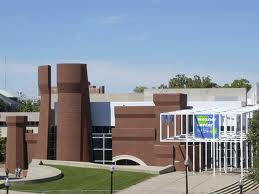I believe everyone should have access to great art, but news of one new showcase museum stopped me cold, pun intended.
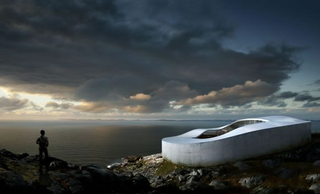 The building pictured here, which looks quite lovely to me, will house a new National Gallery of Greenland. It’s set to be built in Nuuk, the capital.
The building pictured here, which looks quite lovely to me, will house a new National Gallery of Greenland. It’s set to be built in Nuuk, the capital.
Greenland’s population was 56,452 as of January, 2010, per Wikipedia.
The museum, which is set on a hill overlooking a fjord, will include both historical materials and contemporary art. It’s a bit bigger than 32,000 sq. ft., all told, and was designed by a team called “BIG + TNT Nuuk + Ramboll Nuuk + Arkitekti.” The museum’s board selected it from six proposals.
The new museum will combine historical and contemporary art of the country in one institution The winning proposal was selected by a unanimous museum board among 6 proposals. In a press release announcing the choice, Tuusi Josef Motzfeldt said:
The Board has a clear vision: to work for the establishment of an internationally oriented highly professional institution that communicates the continuous project of documenting and developing the Greenlandic national identity through art and culture. Our dream is a national gallery where historic and contemporary art meets circumpolar pieces, Nordic and world art in general. Our dream is an institution that stimulates our curiosity, awake our excitement with its thoughtâ€provoking design and where we all feel at home.
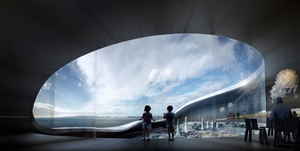 The release did not contain a cost figure, or a construction schedule. But other details are here. And BIG has a slideshow here.
The release did not contain a cost figure, or a construction schedule. But other details are here. And BIG has a slideshow here.
Clearly, this museum is also intended to be a tourist draw, and while that’s partly a good thing, I hope Greenland’s hopes are not too high — which is to say, I hope Greenlanders are not dreaming of Bilbao. Greenland’s economy is based on fishing, and diversfying that by increasing tourism could be a good thing — but a tough row to hoe. The average annual temperature of Nuuk varies, again according to Wikipedia, from 15.8 to 44.6 °F — with annual highs reaching only the 60s. More than 80% of Greenland is covered by ice.
Photo Credits: Courtesy of Bjarke Ingels Group

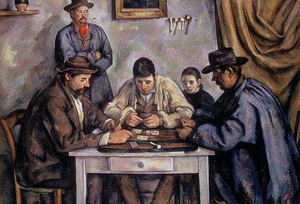
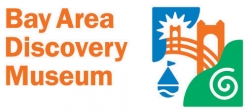 With such steep cuts, though, even culture lovers will have trouble making the argument that arts and humanities funding should be priviledged above spending for infrastructure, medical research, unemployment benefits, and so on.
With such steep cuts, though, even culture lovers will have trouble making the argument that arts and humanities funding should be priviledged above spending for infrastructure, medical research, unemployment benefits, and so on. 
